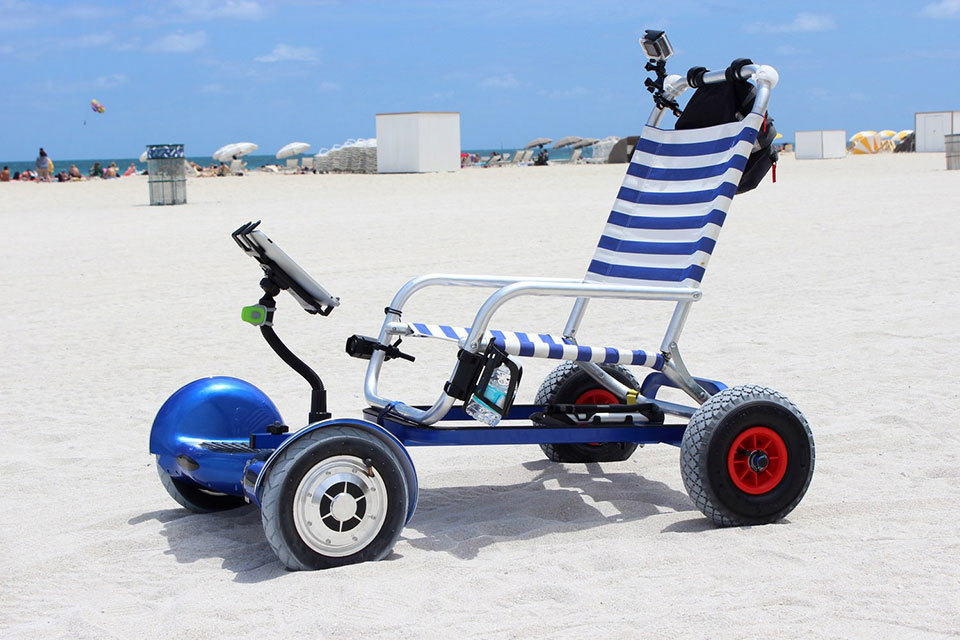Making sure your metal building is designed and built to your specifications involves more than just selecting the right type of materials. Architectural planning plays a crucial role in determining factors such as overall costs, functionality, energy efficiency, and aesthetics. If you’re looking for a comprehensive guide that walks you through everything you need to consider when embarking on your architectural planning journey with metal buildings know this: it’s here!
Today we cover six essential questions that will make or break the success of your new construction project – so roll up those sleeves and get ready for some insulation considerations, budgeting realities, airflow management strategies, green engineering decisions…and much more!

The Size
The size of the metal building is one of the most important considerations in architectural planning. Both the size and layout of your building should be tailored to its intended use, whether for commercial, industrial, or residential purposes. The size will directly influence costs, structural stability, and energy efficiency. For example, a 30 X 80 steel building may be ideal for a small warehouse, but it may not provide enough space for a large manufacturing facility. It’s essential to carefully assess your needs and choose the appropriate size for your metal building.
The right contractor is going to know how to align your design needs with practical engineering requirements. Business owners operating around the capital of Georgia often look for businesses performing structural steel installation in Atlanta to ensure their building plans are executed with precision and efficiency. These professionals bring experience that helps avoid costly delays and compliance issues. Partnering with skilled installers also supports long-term durability and performance of the structure.
Site Analysis And Selection
The choice of location for your metal building is another significant factor in architectural planning. A comprehensive site analysis will help identify any potential challenges that may arise during construction and operation. This includes geotechnical considerations such as soil conditions, topographic features, and groundwater levels.
In addition, the site’s accessibility, proximity to utilities, and exposure to environmental elements such as sun, wind, and rainfall should also be evaluated. The zoning regulations and building codes of the area must be thoroughly understood to ensure legal compliance. The site you select has a direct impact on both the feasibility and profitability of your project, hence, it should be chosen wisely.
Functional Space Planning
Planning your space functionally is the next critical step in metal building architectural planning. You need to envision how space within the building will be utilized. This involves determining the placement of rooms, hallways, entrance and exit points, and storage areas. For example, in a manufacturing facility, you may need wide spaces for the production line and storage areas for raw materials and finished goods. In a commercial metal building, like an office, the layout would need to accommodate individual offices, meeting rooms, and common areas. If the building is being designed for residential use, you will need to consider living spaces, bedrooms, bathrooms, and the kitchen. Keep in mind that the better your space planning, the more efficient your building will be.
Architectural Aesthetics
Aesthetics, while often considered secondary to functionality, play a significant role in architectural design – this holds for metal buildings as well. Aspects such as color, texture, balance, and shape contribute to the overall visual appeal of your building. Metal buildings offer an array of customization options in terms of exterior finishes and roofing types, allowing you to align the structure with your aesthetic preferences or branding needs. The aesthetic appeal of a building can influence perceptions about your business or residential space, so it’s important to consider this aspect in your planning. Remember, harmonizing aesthetics with functionality can result in a metal building that is not only efficient but also visually pleasing.
Sustainable Design Features
Incorporating sustainable features in your metal building design contributes towards environmental protection while also offering long-term cost savings. Sustainable design elements can enhance energy efficiency and reduce your building’s carbon footprint. These might include solar panels to generate renewable energy, high-quality insulation for better temperature control, and energy-efficient windows and doors to reduce heat loss.
Additionally, consider incorporating rainwater harvesting systems or green roofs to manage stormwater runoff, and natural ventilation systems to boost indoor air quality while reducing reliance on HVAC systems. Selecting metal building materials with high-recycled content or those sourced from sustainable processes can also promote greater sustainability in your construction project. Remember, a building that is designed with sustainability in mind is not only beneficial for the environment but also economically viable in the long haul.

Cost-Efficiency Strategies
Optimizing the cost-efficiency of your metal building involves several strategies that go beyond simply choosing affordable materials. It is vital to incorporate cost-saving measures at every stage of the design, construction, and operation of the building. Firstly, a well-thought-out design can minimize the waste of materials and time during construction. This involves accurate measurements, efficient layout planning, and careful selection of construction methods.
Secondly, consider the lifecycle costs of the building. This includes not only the upfront construction costs but also ongoing costs such as maintenance and energy use. Incorporating sustainable design features, as mentioned in the previous section, can significantly reduce energy costs over the lifetime of the building. Thirdly, the choice of contractors and suppliers can also impact the cost-efficiency of your project. Opt for reputable companies that offer quality materials and services at competitive prices.
In conclusion, metal building architectural planning requires careful consideration of various factors, from size and site selection to aesthetics, sustainability, and cost-efficiency. By thoroughly evaluating each aspect and making informed decisions, you can ensure a successful construction project that meets your functional needs while also being visually appealing, environmentally friendly, and cost-effective in the long run.
Featured photo by Parsoa Khorsand on Unsplash.



